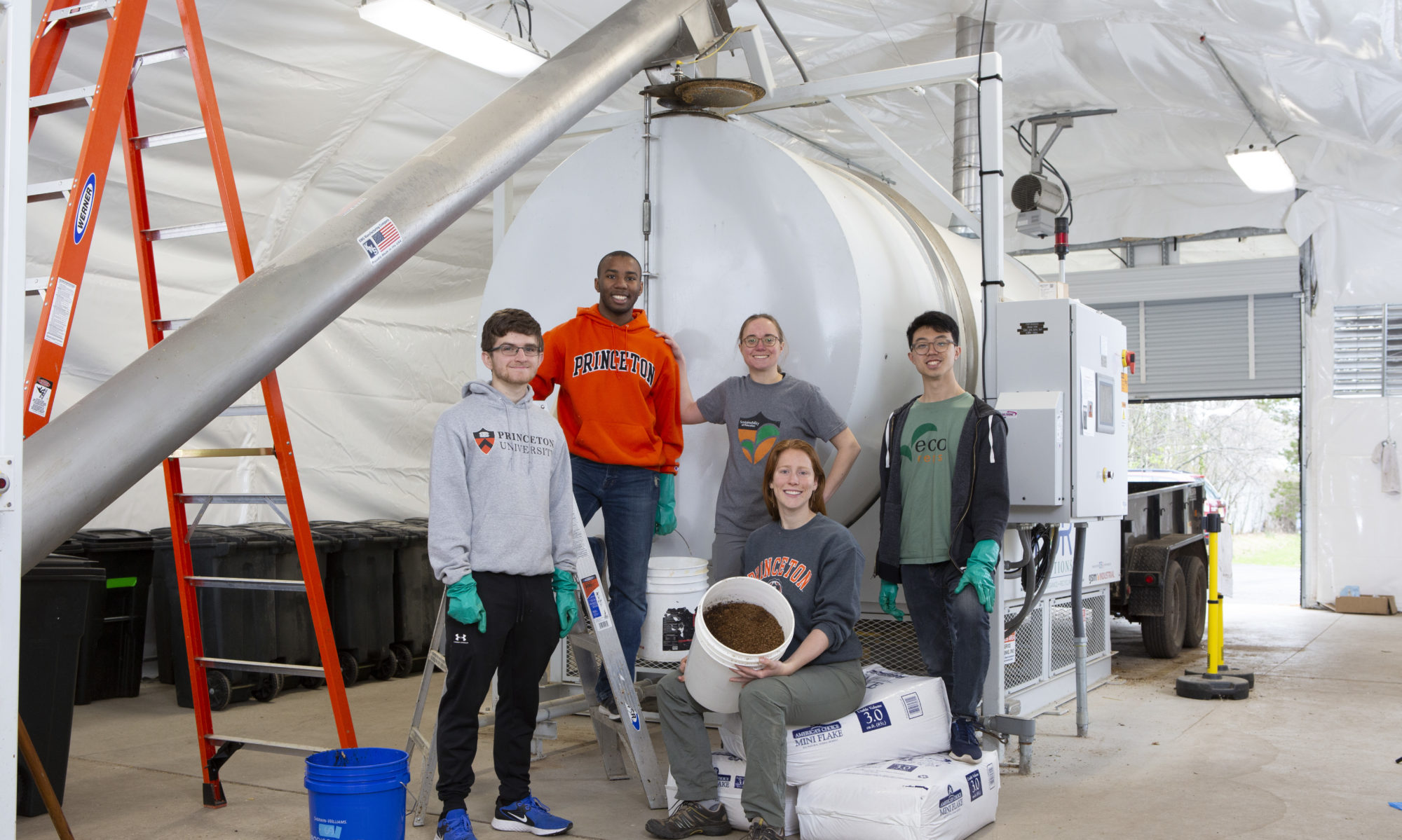Our final post to round out International Compost Awareness Week will tie back to this year’s theme, “Recipe for Regeneration.”
So how does compost make our food more nutritious, the air we breathe cleaner, and our climate healthier?
In short, by supporting soil biodiversity through the contribution of organic matter in the form of nutrients and microorganisms (i.e. bacteria and fungi) which are the foundation of a healthy soil food web. Learn more about soil biodiversity’s role in agriculture, climate change, the environment, and human health:

Soil biodiversity and agriculture
Plant Nutrition: Soil microorganisms are both a source and a catalyst for supplying nutrients for plant growth. They make nutrients available to plants through interactions with other soil organisms and abiotic factors such as temperature, pH, moisture content. Nutrients derived from organic matter can reduce the reliance and misuse of synthetic inputs.
Soil biodiversity and climate change
Carbon Sequestration: Soils can either release or store carbon. Healthy soils store more carbon than that stored in the atmosphere and vegetation combined. In addition to applying compost, soil management practices that allow soils to be carbon sinks rather sources include: reduced or no soil tillage/disruption, limiting overgrazing and overapplication of fertilizers and pesticides, keeping the ground covered with cover crops and a diversity of plants.
Soil biodiversity and environmental protection
Ecosystem Services: Soil biodiversity also prevents erosion and bioremediates contaminated soils of heavy metals and toxins
Soil biodiversity and human health
Disease Regulation: Many drugs and vaccines stem from soil organisms (e.g. penicillin), antioxidants from healthy plants stimulate our immune system and contribute to hormone regulation, and studies provide evidence that exposure to soil microorganisms can prevent chronic inflammatory diseases.
Food Production: Soil bacteria and fungi are traditionally used in the production of soy sauce, cheese, wine, and other fermented food and beverages.
Source and to learn more: “The State of Knowledge of Soil Biodiversity: Summary for Policymakers”
